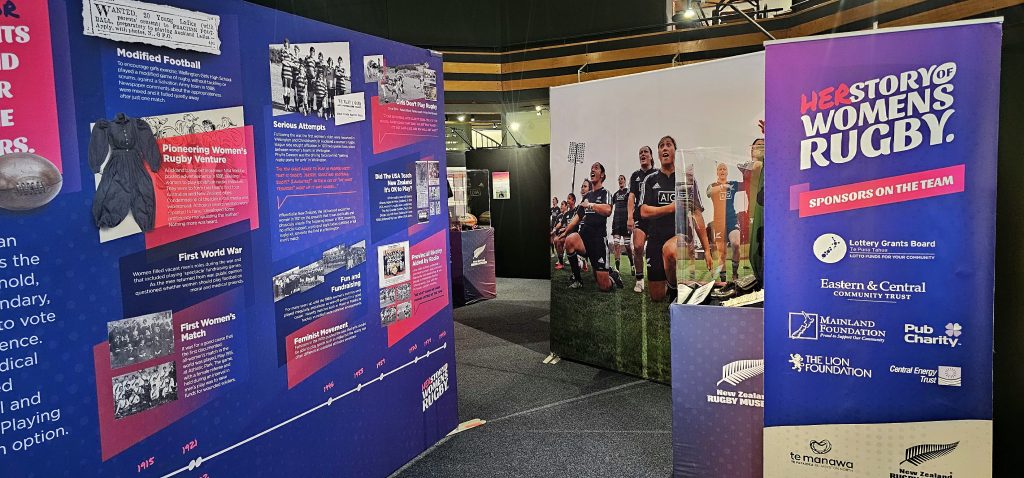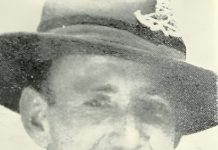
A travelling exhibition that tackles the struggles and growth of the women’s side of New Zealand’s national sport has stopped by the South Canterbury Museum.
Titled ‘‘Herstory of Women’s Rugby’’, the exhibition is being toured by the New Zealand Rugby Museum, and tells the tale of the development of women’s rugby in New Zealand from the 1890s to current times.
It features items like early playing uniforms in the form of knickerbockers and a 1998 Women’s World Cup Medal and interactive screens with photos and interviews from pioneering figures, and an added section on the South Canterbury men and women who helped to grow the women’s game.
South Canterbury Museum director Philip Howe said it was an interesting exhibit as it not only focused on the rugby history, but also also the social history of the women’s game.
‘‘People can go through and just look at the things that interest them, even without any personal interest in rugby. It looks at the changing attitude towards women’s sport, and how different people have pioneered this.
‘‘It’s quite revealing and the exhibition also talks about how the struggle still continues. There are social media quotes from men saying women’s rugby is a bunch of nonsense and that sort of thing. It’s got whatever you want to take out of it.
‘‘It’s a really interesting portrayal of social history and the changing aspects of society, right from the 19th century up to today, and the fact that some people still have 19th century attitudes towards women’s sport is a very telling thing.’’

The exhibition is also timely, with the Women’s Rugby World Cup now under way, and Timaru’s Jorja Miller leading the charge for the Black Ferns.
A World Cup wall chart has been included as part of the exhibition and is being constantly updated as the tournament progresses.
Mr Howe said he found a specialist exhibition often drew people who might not otherwise attend exhibitions.
‘‘This one’s quite a popular one — we’ve had a number of people coming in especially to see it, and we hope to get quite a few more of course.
‘‘For us it was a no-brainer to get an exhibition like this because we can fit it in our area and it’s a timely and popular subject.’’
The exhibition will be at the South Canterbury Museum until October 27.




